What really happened at the Whiskey Au Go Go?
Fifty years. Gangsters. Psychopathic killers. Crucial documents missing and an inquest to muddy the waters. This is a baffling case of mass killing few will let go.
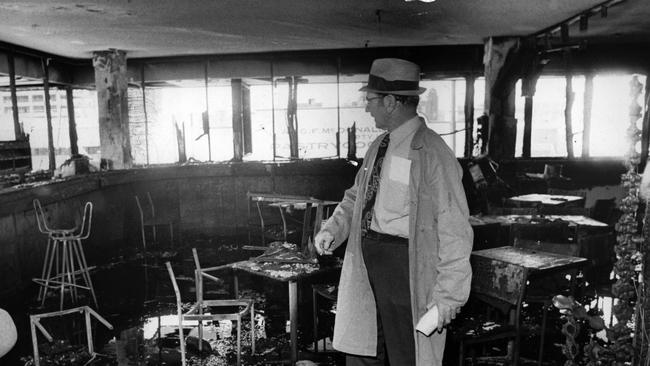
Desmae Selma Carroll, 29, one-time barmaid and loving mother, rests in peace at the Pinnaroo Cemetery, with its neat lawns and statues of angels playing harps, on Brisbane’s northside.
Near her is a young man by the name of Colin William Folster, 19.
Over at Hemmant Cemetery, about 11km east of the Brisbane CBD, Carol Anne Green, 27, the only daughter of a truck driver, is interred among clutches of gum, wattle and pine trees.
And just south of Brisbane city, David John Westren, 19, and Brian William Watson, 32, share the peaceful gardens of Mt Thompson Crematorium, with its red-brick walls of the dead’s ashes, as their last resting place.
They may be scattered across the metropolis of the Queensland capital, these young people, and some of them may have been strangers to each other, but they all share one thing in common. They all died shortly after 2.08am on Thursday, March 8, 1973, inside the Whiskey Au Go Go nightclub in Brisbane’s Fortitude Valley. On that night, two drums of fuel were ignited in the foyer of the club at the corner of Amelia Street and St Paul’s Terrace, sending flames and fumes up a stairwell and into the first floor with its bars, kitchen and dance floor.
Within two to three minutes 15 innocent men and women were dead from smoke inhalation.
Next Wednesday, survivors of the fire and relatives of the victims, along with local politicians and members of the Queensland Police Service, will gather outside the former club to mark the 50th anniversary of the tragedy.
They will stand late morning around a brass plaque, carrying the names of the victims, embedded in the footpath in Amelia Street. They will remember. Some of the survivors will count their lucky stars. Others will find it difficult to even be in the proximity of the two-level building.

Half a century on, after the trial of two perpetrators – John Andrew Stuart and James Finch – in late 1973, rumours of police corruption, allegations that more people were involved in the mass killing, evidence that at least three murders were linked to a cover-up over the crime after the event, and two inquests (one that lasted less than two days and another that concluded only last year) – mystery still hovers about the Whiskey and what actually happened on that tragic night.
Fifty years. Gangsters. Psychopathic killers. Police verballing. Crucial documents missing. A 21st-century inquest that saw men and women in their 70s and 80s take the witness stand and muddy the waters even further. Incredibly, theories about who lit the Whiskey and why remain legion.
Stuart, a violent criminal with links to the Sydney underworld, was telling Brisbane clubs in early 1973 that Sydney gangsters wanted to set up an extortion racket in the Queensland capital and take over the city’s clubs and restaurants. In the weeks leading up to the Whiskey, a cafe and restaurant were torched, adding credence to Stuart’s ominous warnings.
Others were adamant the Whiskey atrocity was an insurance job, an act of arson that went horribly wrong. The club was in liquidation at the time of the fire and a former manager had been accused of pilfering the tills.
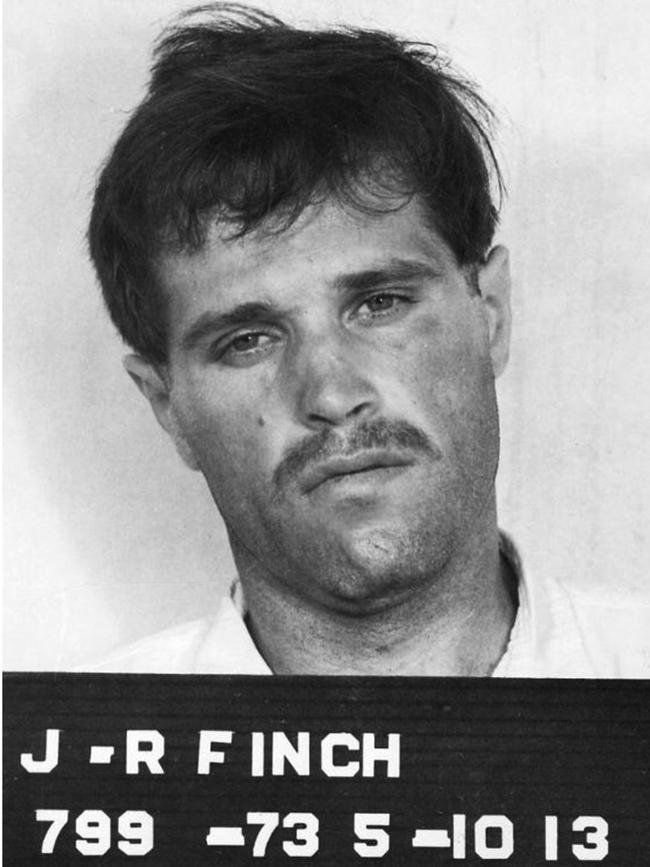
The mass murder shocked Australia. Even a young up-and-coming detective by the name of Roger Rogerson was sent to Brisbane to help local police find the perpetrators. Stuart and Finch ultimately were arrested and charged with murder. During their trial, a rollcall of notorious criminals from Sydney gave brief evidence to debunk Stuart’s claim that southerners were set to muscle in on Brisbane. They included the boss of bosses, Frederick “Paddles” Anderson, Lenny “Mr Big” McPherson and Stuart John Regan.
In the end, Stuart and Finch were found guilty and sentenced to life in prison. (Stuart would die in jail in 1979.) For years, Finch controversially would declare that the unsigned confessions that were responsible for sending them both to jail were police “verbals”, concocted by officers desperate for a conviction. Nobody listened. With Stuart and Finch in jail, the matter seemed settled. Both men constantly complained they had been verballed by police. Stuart ate wire crosses and sewed his own lips shut in protest. Nothing happened.
Then in 1988, having been released and deported back to Britain, Finch would backflip, confessing to lighting the fire that night, along with local Brisbane gangsters Billy McCulkin and Tommy Hamilton. And that there were others higher in the criminal pecking order who organised the job, including corrupt police.
Still no action was taken.
Then in 2017, Queensland gangster Vince O’Dempsey and his co-accused, Garry “Shorty” Dubois, were convicted of the murders of McCulkin’s wife, Barbara, and their two daughters, Vicki, 13, and Leanne, 11, in January 1974.
During his sentencing hearing before Justice Peter Applegarth in the Queensland Supreme Court, O’Dempsey declared he had nothing to do with the Whiskey firebombing. Applegarth, however, said there was available evidence to the contrary and that Barbara knew enough about the Whiskey fire and an earlier blaze to have her silenced.
On June 1, 2017, both O’Dempsey and Dubois were sentenced to jail for life. The next day, then Queensland attorney-general Yvette D’Ath announced a fresh inquest into the Whiskey tragedy. Detective Senior Sergeant Virginia Gray was assigned the Whiskey brief. She had been instrumental in cracking the McCulkin cold case.
Would the new inquest, before Queensland State Coroner Terry Ryan, finally unpick the truth from this unending saga? The inquest was held in two stages, in 2021 and last year. O’Dempsey, with legal counsel, attended several days of inquest hearings, locked in a glass dock. Just to fuel the conspiracy theories that have never left this complicated story, Dubois took his own life in prison weeks before the inquest resumed last year, and on the opening day of the second tranche the court learned that Finch had died of Covid-19 in London.
Dozens of witnesses took the stand. Even disgraced cop and convicted murderer Rogerson appeared via video link from his Sydney prison. His testimony offered, as expected, absolutely nothing to proceedings.
A young Kath Potter was in the club the night of the fire but left shortly before it was torched. She claimed she had seen men set the fire outside the club entrance and was grilled at the new inquest.
She said she was left traumatised by the court experience.
“I thought I would be centring more on the night and what happened and who they thought did it, and all of all the past commissioners and police and premiers and whoever else was involved, but there was nothing like that,” she told The Weekend Australian. “I feel it was a complete waste of time and a waste of money on the taxpayer’s purse. None of us should have gone through what we went through. I was trying to tell the truth about what I saw. My story has never changed. They kept telling me what I said wasn’t true.”
Others believed the renewed inquest served an important function. Donna Phillips, who was working in the Whiskey that night and narrowly escaped with her life, said she wanted to remain positive.
“I think as humans we live in hope,” she said.
“It’s extraordinary that it’s been 50 years. It’s been a long and winding road. You know, we have that positive aspect in our psyche that tends to lead us forward, through the darkness that the Whiskey Au Go Go has been. And I would probably follow that line and say no more until the findings (of the coroner) are presented.”
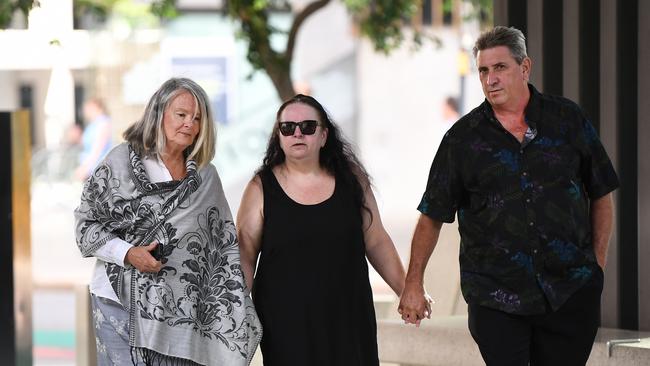
Former Queensland police officer Hunter Nicol also was in the club that night and was convinced he was going to die. He just made it out, and to this day still suffers lung complications from the smoke inhalation. He said he was confident “there were others” behind the Whiskey but that the passage of time would preclude any further official action.
“I think there’s probably insufficient evidence to charge anybody else,” Nicol said. “That’s what I think will be the end result. I think McCulkin and Hamilton (both deceased) were a part of it.
“But overall it’s had a positive effect on me. I was given a second chance. I haven’t let it define my life. I enjoy life in the moment.”
Counsel assisting the coroner Stephen Keim SC said he was unable to comment on the inquest and its outcome. He said he was working on submissions that had yet to be responded to. He said “this year is possible” for the handing down of the final report.
Sydney writer Geoff Plunkett, author of The Whiskey Au Go Go Massacre: Murder, Arson and the Crime of the Century, said despite relentless research and having attended every minute of the most recent inquest, the truth about the Whiskey remained elusive. He said the new inquest had been beneficial, particularly for the victims’ families, in that it had progressed the narrative further than ever, and that it gave those families a better understanding of the main players. It also had afforded some of the survivors greater clarity.
After all this time, what did he think really happened on that autumn morning in Brisbane in March 1973? “I don’t know,” Plunkett said. “I really don’t know any more. Do you?”
As Plunkett wrote in his book: “It is not a closed case, rather a cold case. By fabricating evidence the detectives ensured the smoke shrouding…the Whiskey Au Go Go and the full truth of the massacre has never lifted.
“There are enough survivors alive to still warrant an inquiry, enough time to finally excise the primary tumour from which the cancer spread and metastasized beyond Fortitude Valley; if more years pass there will not be.”
Some saw the new inquest as a lost opportunity, others as a necessary step in the healing process for many people after more than half a century.
But what is the truth of the Whiskey? Only one thing is certain – Desmae, Colin, Carol, David and Brian sleep forever across the city. No perjury, incompetence, myths, rumours, redacted documents, historic corruption or legal theatrics is going to change that.

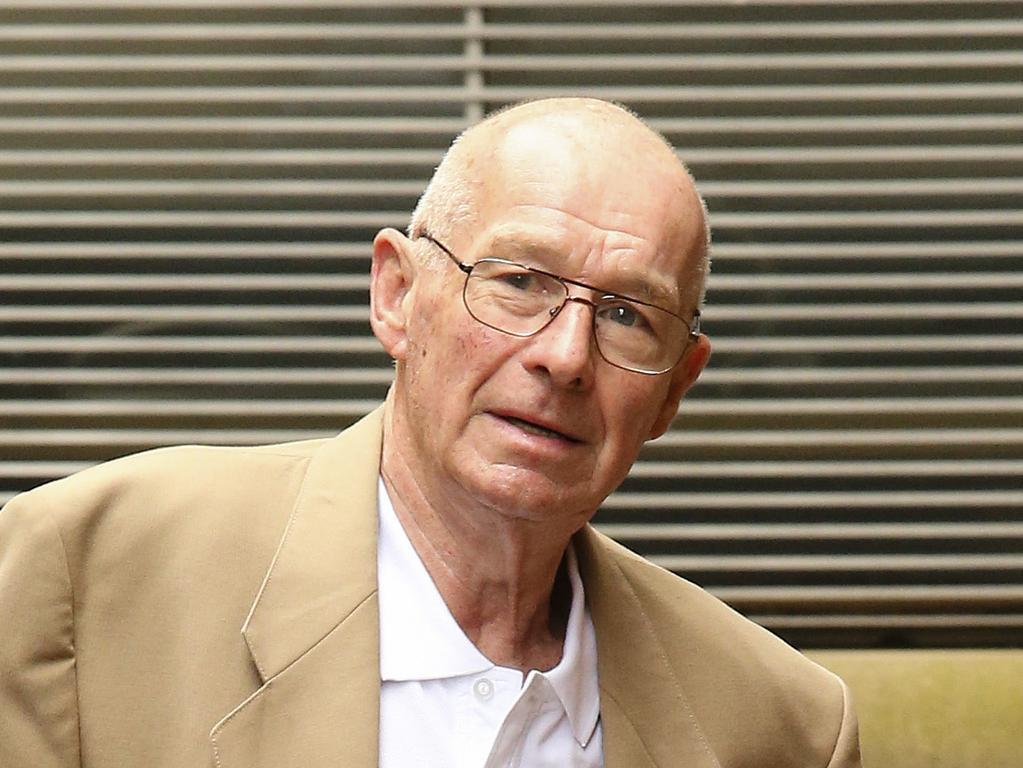

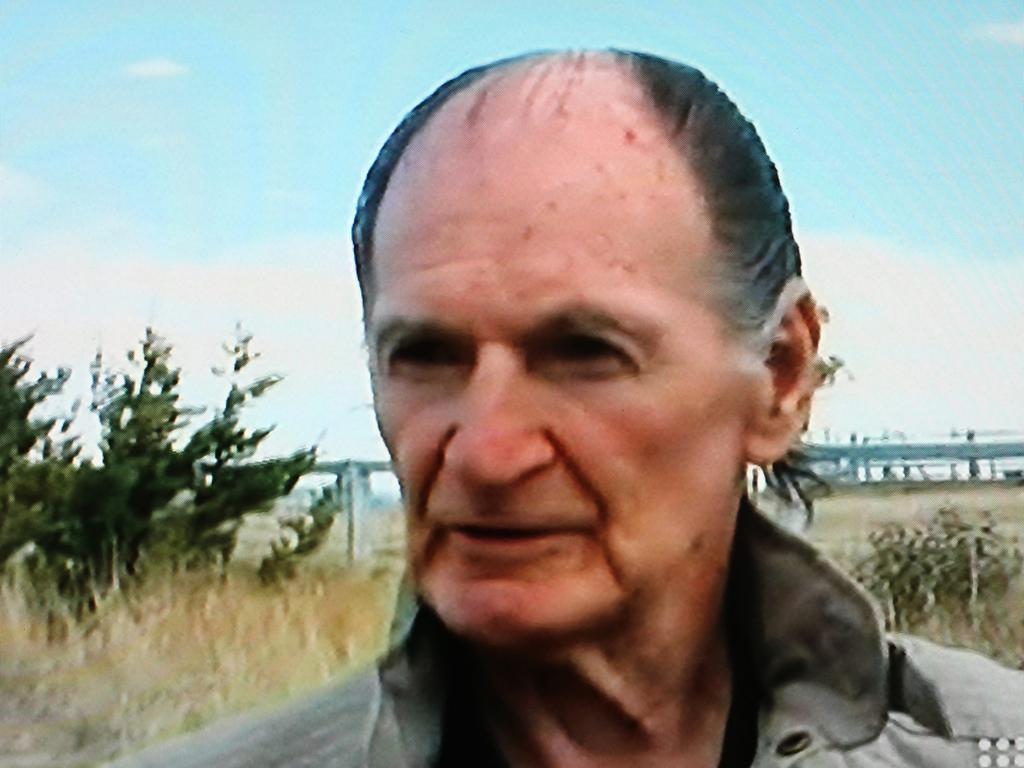

To join the conversation, please log in. Don't have an account? Register
Join the conversation, you are commenting as Logout